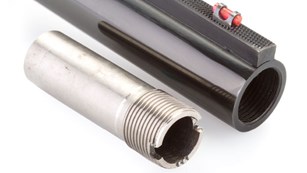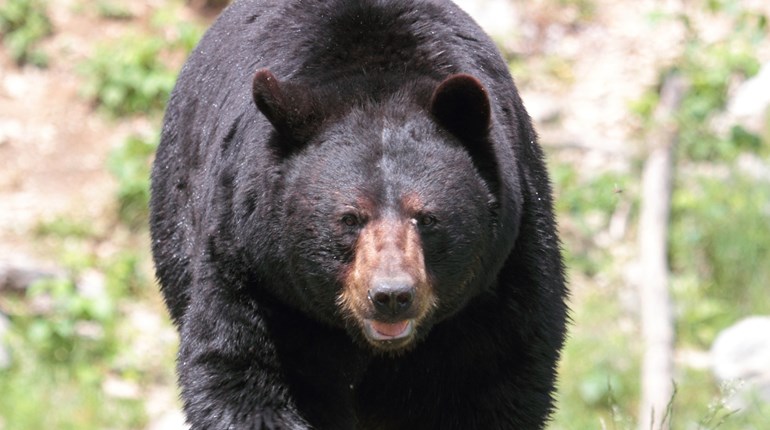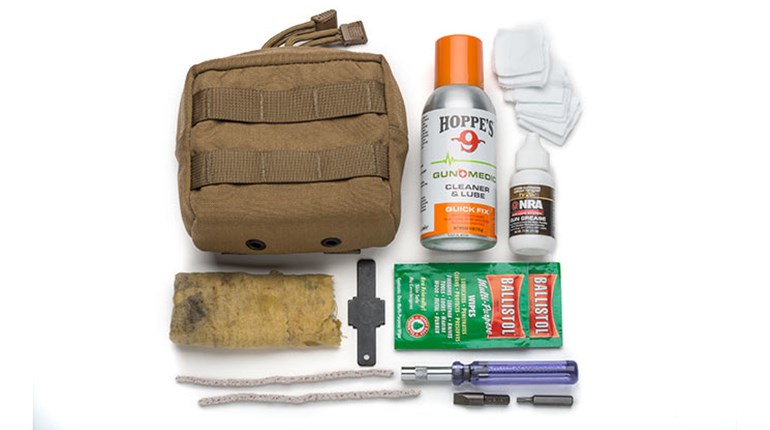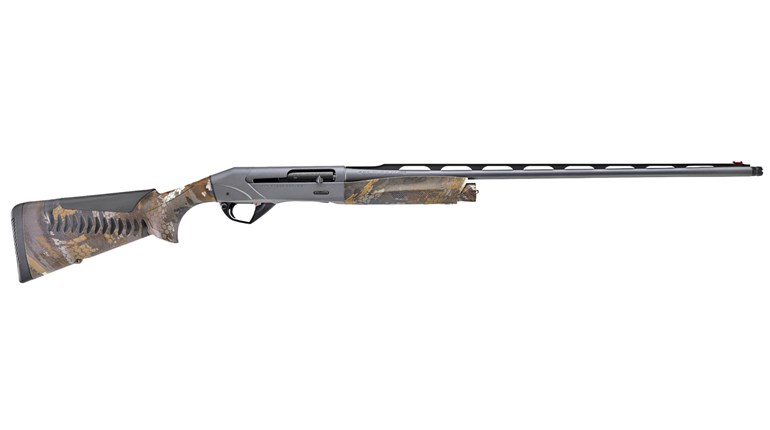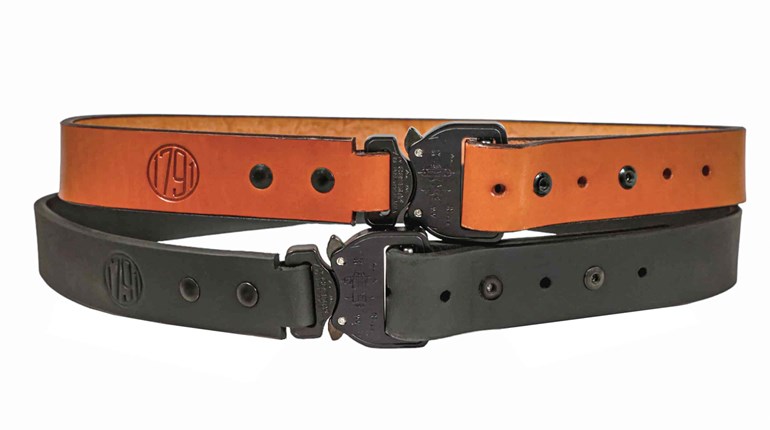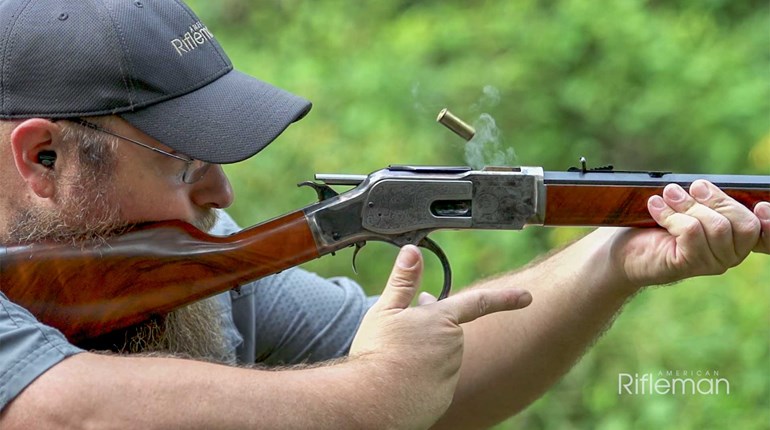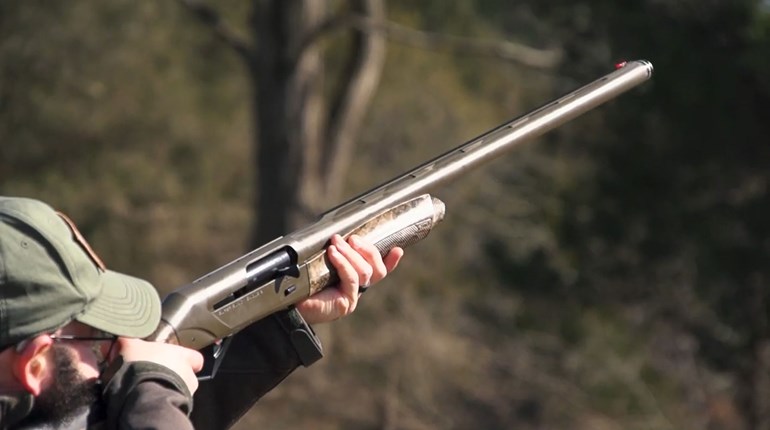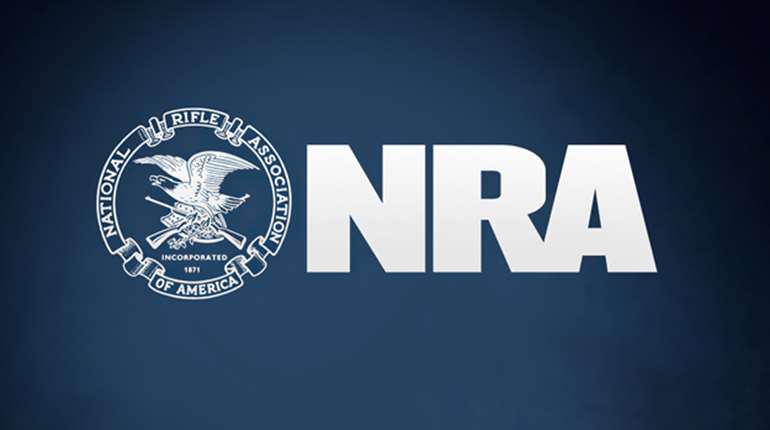
Researchers estimate the population of black bears in the United States to be about 325,000, with another 350,000 to 400,000 bears living in Canada. Black bears are widely distributed across the lower 48 states and Alaska, though they are relatively uncommon in the Midwest and Deep South. With a preference for wooded areas, black bears are most abundant along the Appalachian Mountains from North Carolina to Maine, and the Rocky Mountains from New Mexico to Idaho. They are also found in Washington, Oregon and northern California.
The average weight of a mature male, or boar, is about 300 pounds, although lucky hunters each year bag bears weighing more than twice that. A few bears from North Carolina, Pennsylvania and Minnesota have tipped the scales at more than 800 pounds. Female, or sow, black bears usually weigh less than 250 pounds.
One reason black bears grow to such impressive sizes is they will eat almost anything. Black bears are omnivores, meaning their diet consists of both meat and vegetation. They are efficient predators with an excellent sense of smell that helps them find deer fawns and elk calves in late spring and early summer. Black bears can also sniff out carrion from miles away and insect larvae living in rotten wood. They frequently eat grasses, berries, fruits and nuts as well.
When it comes to dining, black bears are all about opportunity and efficiency. Once they find an abundant food source, they will often remain in the area until it is depleted before moving on to the next dinner table. A big bear can eat up to 45 pounds of food and put on as much as 5 pounds of weight in a day. In populated areas, black bears are known to eat garbage, raid gardens and destroy birdfeeders in their search for a meal.
Don't let their size and appetites fool you, though. Black bears aren't slobs. They can run up to 35 mph. Their claws and powerful muscles allow them to climb trees with ease, and they are strong swimmers. I've seen black bears scale slopes steep and rocky enough to make a deer think twice, and tear through brambles that would make a rabbit wince. For the most part, black bears go wherever they want, and there is not much in the woods that can stop them.
About the only thing that slows them down is sustained cold weather, combined with a lack of food. When the temperature drops in late fall and the pickings get slim, black bears go into hibernation. Bears without cubs den alone inside a rock crevice, a blowdown or even a crawlspace under a cabin-anywhere that offers protection from the elements. Here, the bear falls into a coma-like state that can last up to seven months in northern areas with long winters. A thick layer of fat, built up from months of feasting during the warmer months, along with dense underfur, keeps it warm.
During hibernation a bear's heart rate can drop to as low as eight beats per minute, and it does not urinate or defecate. It subsists completely by breaking down its fat stores and bodily fluids. By the time winter has ended, a bear may lose up to 30 percent of its body weight. It is ravenous when it emerges from its den, and the search for food begins again.
Cubs are born during the hibernation period, usually in January. Although black bears breed in May and June, embryo development is delayed until the pregnant female dens. When the cubs are born-usually two of them-they weigh less than ¾ of a pound. They are born blind and rely on their mother's milk for nourishment. The cubs are weaned by late summer, though they will stay with their mother throughout their first year.
Black bears can be several colors other than black, including dark brown (chocolate phase), reddish brown (cinnamon phase), blond, grayish blue (glacier phase) and even white. Color-phase bears are more common in some areas of the United States than others, with the western states having a good deal of chocolate, cinnamon and blonde bears. Glacier bears are found only in parts of Alaska, British Columbia and the Yukon.



